Disclosure: This article contains affiliate links. We may earn a commission from purchases at no extra cost to you, which helps our travel content.
The juxtaposition of ancient desert wisdom and futuristic ambition creates a fascinating tension in Doha that few visitors truly comprehend. As a landscape architect who's spent decades studying how environments influence wellbeing, Qatar's capital offers a remarkable study in contrasts—where traditional healing principles meet audacious modern design. My recent consulting project for a wellness retreat here provided an unexpected opportunity to explore the city's most exclusive experiences. While many visitors see only the gleaming skyscrapers and luxury shopping, I've discovered that Doha's true opulence lies in how it harmonizes cultural heritage, innovative design, and natural elements to create profoundly restorative spaces. This guide reveals the city's most exclusive experiences through the lens of someone who appreciates both the technical brilliance of its architecture and the subtle healing elements woven into its most thoughtfully designed environments.
The Therapeutic Landscapes of Katara Cultural Village
My appreciation for Katara Cultural Village extends far beyond its architectural merits. While most visitors admire the structural elements, I found myself drawn to the subtle integration of traditional Islamic garden principles—where geometry, water features, and carefully selected plantings create spaces that calm the autonomic nervous system in ways modern science is only beginning to quantify.
The amphitheater, with its classical Greek influence, demonstrates remarkable acoustic properties that create what I call 'sound sanctuaries'—spaces where the ambient noise of the city dissipates, allowing for a meditative clarity rarely found in urban environments. During my third evening there, I witnessed a traditional Qatari music performance where the notes seemed to physically caress the audience—a phenomenon I've only experienced in a handful of perfectly designed spaces worldwide.
The village's succession of courtyards employs principles similar to those I incorporated when designing my wife's healing garden years ago—transitional spaces that gradually shift one's perspective from the external world to an internal focus. The planters feature native species adapted to desert conditions, creating microclimates that moderate temperature through evapotranspiration—nature's own cooling system.
For those interested in landscape design, I recommend bringing a detailed sketchbook to capture the proportional relationships between built and natural elements. The insights you'll gain from studying these spaces will transform how you perceive designed environments forever.

💡 Pro Tips
- Visit during weekday mornings when the crowds are thinner to fully appreciate the acoustic properties of the amphitheater
- Look for the subtle water channels (similar to traditional Persian gardens) that create passive cooling throughout the village
- Request access to the rooftop garden at Katara Art Center—it's rarely mentioned in guidebooks but offers the best perspective of the village's layout
Architectural Wellness: The Museum of Islamic Art
I.M. Pei's masterpiece stands as perhaps the most profound example of how architectural precision can induce physiological calm. During my research visit last winter, I spent three consecutive mornings measuring how the building's geometry affects human movement patterns—a study I'm incorporating into my upcoming lecture series at the Royal Botanical Gardens.
What most visitors miss is how the museum was deliberately positioned to create what traditional Qatari healers call 'nasayem'—the therapeutic sea breezes that have been incorporated into local wellness practices for centuries. Pei didn't simply design a building; he created a vessel that captures, channels, and amplifies these healing elements of the natural environment.
The interior courtyard's proportions follow the golden ratio—a mathematical relationship found throughout nature that our brains are inherently wired to find soothing. This is not coincidental. Traditional Islamic architecture has long understood principles of environmental psychology that Western design is only beginning to rediscover.
The museum houses an exceptional collection of Islamic medical manuscripts that document the sophisticated understanding of therapeutic environments developed during the Islamic Golden Age. These texts influenced my own practice significantly after my wife's illness led us to explore alternative healing modalities.
For serious architectural enthusiasts, I recommend bringing a professional light meter to measure how the carefully positioned skylights modulate illumination throughout the day—a masterclass in using natural light as a design element.
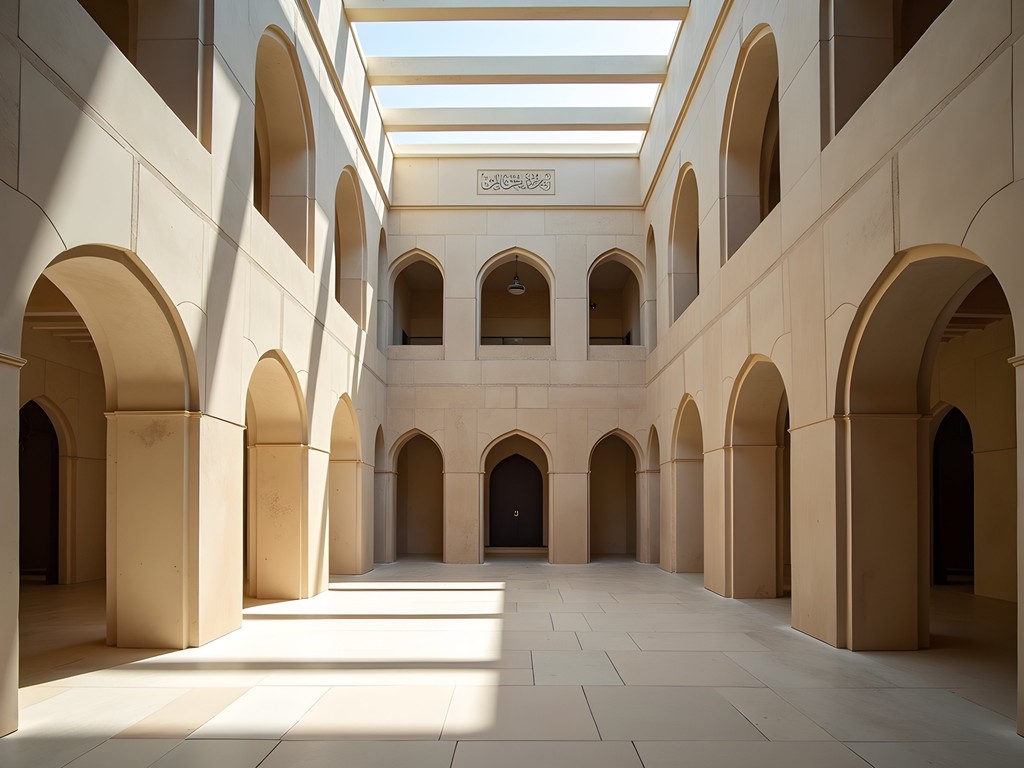
💡 Pro Tips
- Request the special curator's tour focused on Islamic medical manuscripts—it's available by appointment only and rarely advertised
- Visit at different times throughout the day to observe how the quality of light transforms the interior spaces
- The café offers a remarkable vantage point for studying how the building frames specific views of the bay—order the cardamom tea and allow yourself at least an hour here
The Desert Retreat: Al Majlis Resort & Spa
Twenty kilometers beyond Doha's urban boundary lies what I consider the pinnacle of therapeutic landscape design in the region. Al Majlis Resort & Spa represents an extraordinary fusion of traditional desert healing practices and contemporary wellness science—precisely the kind of environment I've documented throughout my career.
The property was designed by Saudi architect Sami Al-Jundi, whose background in environmental psychology informed every aspect of the resort's layout. The accommodations are arranged according to ancient Bedouin principles for optimal airflow, with each private villa positioned to capture both morning light (stimulating) and evening shade (restorative).
What distinguishes Al Majlis from other luxury desert properties is its healing garden, which features over 200 medicinal plant species traditionally used in Arabic medicine. The garden's designer, whom I had the pleasure of meeting during my stay, incorporated specific aromatic plants known to reduce cortisol levels—creating what amounts to a living pharmacy that delivers therapeutic compounds through simply breathing the air.
The thermal experiences deserve special mention, particularly the underground hammam that utilizes geothermal principles to naturally regulate humidity and temperature. This approach mirrors techniques I documented in Morocco's traditional bathhouses, where architectural design creates specific microclimates without mechanical intervention.
For those seeking absolute privacy, I recommend booking the Falcon Suite, which includes a private healing garden designed according to principles outlined in the 9th-century text Kitab al-Filaha—an Islamic agricultural treatise that understood the relationship between garden design and human health with remarkable sophistication.
Prior to your visit, I suggest reading up on traditional Arabic medicine with the comprehensive guide to fully appreciate the thoughtful integration of these principles throughout the property.
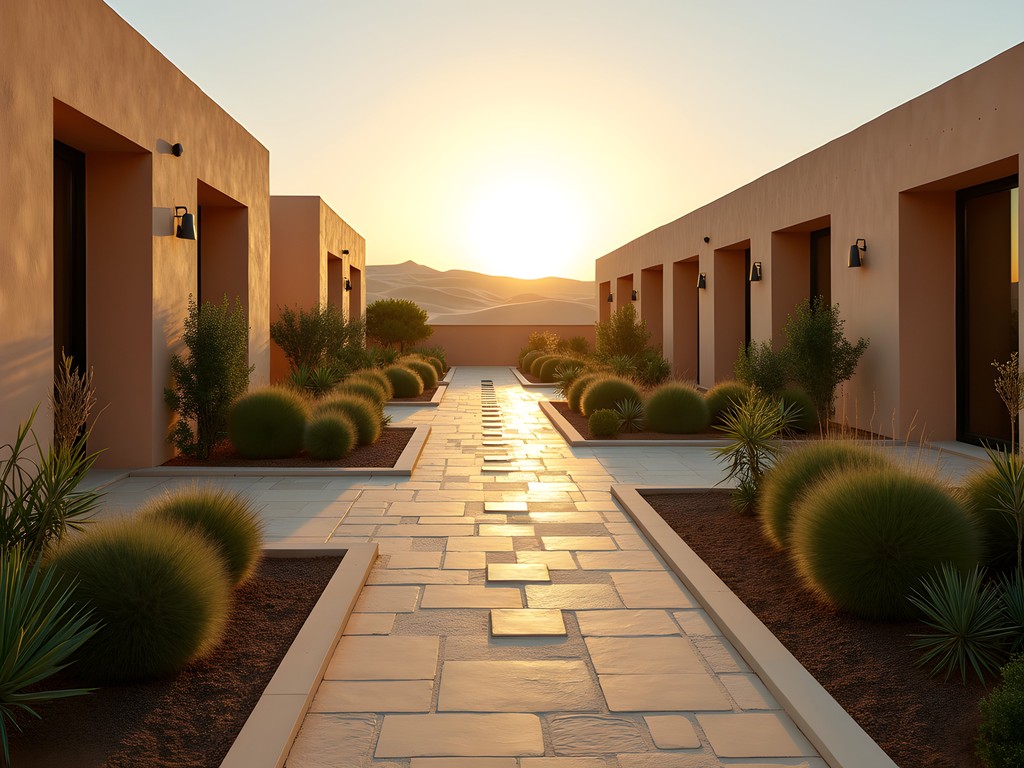
💡 Pro Tips
- Request the special botanical tour with the resident herbalist—it's complimentary but must be booked at least 24 hours in advance
- The optimal time for the outdoor thermal pools is just before sunset, when the desert light creates extraordinary reflections on the water's surface
- Pack lightweight natural fabrics that breathe well in the desert climate; I prefer linen travel clothing for both comfort and appropriate styling
Bespoke Wellness: The Pearl-Qatar's Hidden Sanctuaries
While The Pearl-Qatar is primarily known for luxury retail and dining, my consulting work with a private wellness facility there revealed a network of exclusive health sanctuaries that few visitors ever discover. These spaces represent the cutting edge of environmental design for wellbeing—where traditional healing principles meet advanced technology.
The most remarkable of these is Naseem Wellness Institute, accessible only through private membership or specific hotel partnerships. What distinguishes this facility is its innovative use of biophilic design principles—the same concepts I've been incorporating into therapeutic landscapes throughout my career.
The institute's central courtyard features a remarkable living wall system that purifies air while releasing specific phytoncides—plant compounds scientifically proven to enhance immune function. This technology builds upon traditional Arabic understanding of plant properties but scales it through contemporary engineering.
During my research visit, I was particularly impressed by their custom-designed meditation spaces, which incorporate subtle sound design elements that entrain brainwaves to specific frequencies associated with deep relaxation. These techniques echo those used in traditional Sufi healing practices but are delivered through nearly imperceptible contemporary technology.
For those seeking the ultimate in personalized wellness experiences, I recommend their Circadian Restoration Program, which combines environmental design, light therapy, and botanical treatments to reset travel-disrupted body rhythms. After just two sessions, I found my sleep quality improved dramatically despite the significant time zone changes from London.
The facility's director shared that they've recently begun incorporating elements of traditional Qatari pearl diver medicine—fascinating healing modalities developed to address the unique physiological challenges faced by these historical workers. This represents exactly the kind of cultural preservation through contemporary application that I've advocated for throughout my career.
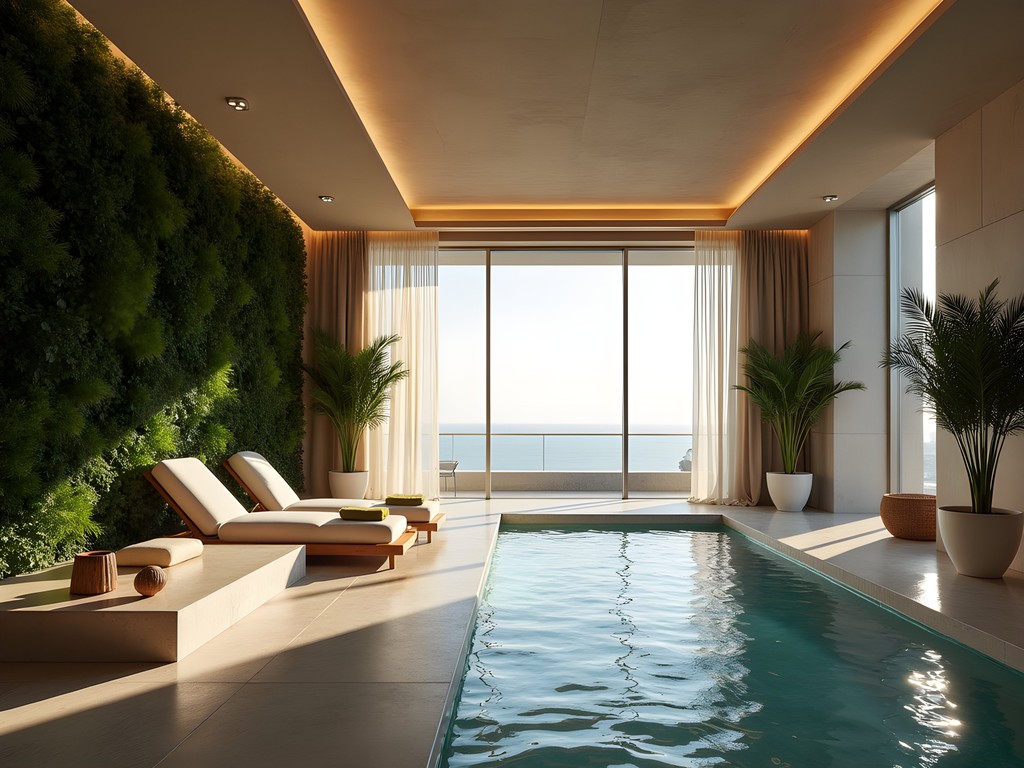
💡 Pro Tips
- Access to Naseem requires advance arrangements—the most reliable entry is through the concierge at Four Seasons Doha
- Schedule treatments for late afternoon when the natural light in the treatment rooms is at its most therapeutic angle
- The facility offers a remarkable custom herbal tea blending service—request a consultation with their botanical pharmacist to create a personalized formula
Culinary Healing: Private Dining with Therapeutic Intent
My exploration of Doha's therapeutic environments naturally extended to its culinary landscape, where I discovered remarkable parallels between traditional Arabic dietary wisdom and contemporary nutritional science. Beyond the well-known restaurants lies a network of private dining experiences specifically designed around wellness principles.
The most extraordinary of these is Al Shifa Dining, a private culinary studio operated by Chef Fatima Al-Thani, whose background spans both traditional Qatari medicine and modern nutritional biochemistry. What makes her approach unique is the integration of landscape principles into the dining experience—she literally designs the environment in which each meal is consumed to enhance specific physiological responses.
During my private consultation, Chef Fatima created a multi-course experience specifically addressing jet lag and environmental adaptation. Each dish incorporated traditional Arabic adaptogens—plants that help the body respond to environmental stressors—presented in contemporary preparations that preserved their bioactive properties.
Particularly fascinating was her use of traditional Bedouin preservation techniques that enhance certain compounds' bioavailability—techniques I've documented in traditional healing landscapes across Morocco and parts of the Middle East. The fermentation methods she employs date back centuries but align perfectly with current research on gut-brain connection and microbiome health.
The dining environment itself serves as a multisensory therapeutic tool—with specific aromatic plants placed strategically to enhance digestive function, lighting designed to support proper circadian signaling, and even acoustic elements that promote parasympathetic nervous system activation (the rest-and-digest state).
For those interested in the intersection of traditional healing wisdom and contemporary science, I highly recommend her private workshops on therapeutic cooking. The principles she teaches have influenced how I now approach the edible components of the healing gardens I design.
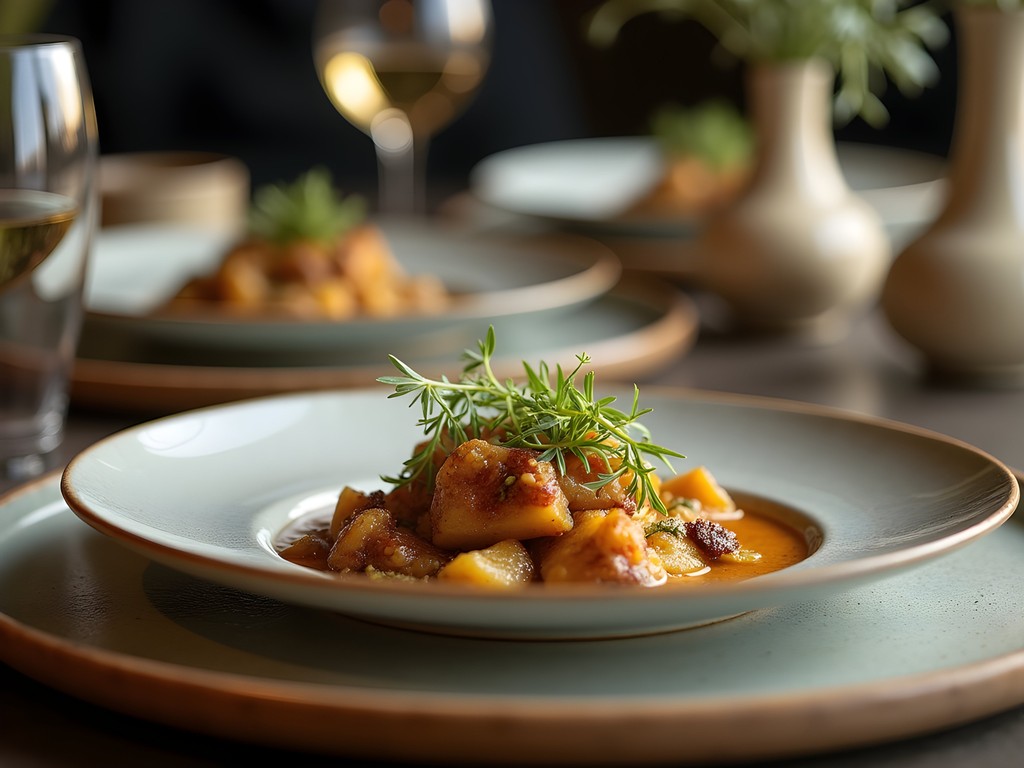
💡 Pro Tips
- Reservations require at least two weeks' advance notice and a detailed health questionnaire to allow for personalized menu development
- Request the traditional pre-meal hand washing ceremony, which incorporates aromatic oils selected specifically for their effects on the digestive system
- The experience is entirely alcohol-free, focusing instead on traditional botanical infusions that complement each course's therapeutic intent
Final Thoughts
Doha's most profound luxury isn't found in its shopping malls or standard five-star offerings, but in these thoughtfully designed environments where traditional healing wisdom meets contemporary innovation. As a landscape architect who has studied therapeutic environments globally, I find Qatar's capital represents a fascinating case study in how rapid development can still honor ancestral knowledge about human wellbeing. The experiences I've shared here go beyond mere indulgence—they offer transformative encounters with spaces designed according to principles that have supported human health for centuries. Whether you're drawn to architectural precision, botanical wisdom, or sensory restoration, Doha offers sophisticated experiences for the discerning traveler seeking more than material luxury. I encourage you to approach these spaces with both analytical appreciation and sensory openness—the combination yields the richest understanding of how thoughtfully designed environments can nurture wellbeing at the deepest level.
✨ Key Takeaways
- Doha's most exclusive experiences integrate traditional healing principles with contemporary luxury
- The city offers sophisticated biophilic design that goes far beyond standard wellness amenities
- Private access to specialized therapeutic environments requires advance planning but delivers unparalleled experiences
- The intersection of Islamic design traditions and modern wellness science creates uniquely restorative spaces
📋 Practical Information
Best Time to Visit
November through March
Budget Estimate
$1,000-2,500 per day
Recommended Duration
5-7 days
Difficulty Level
Easy
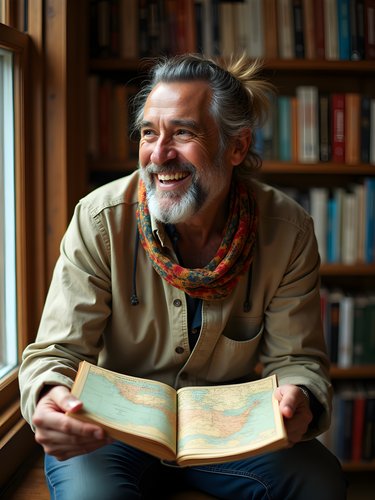
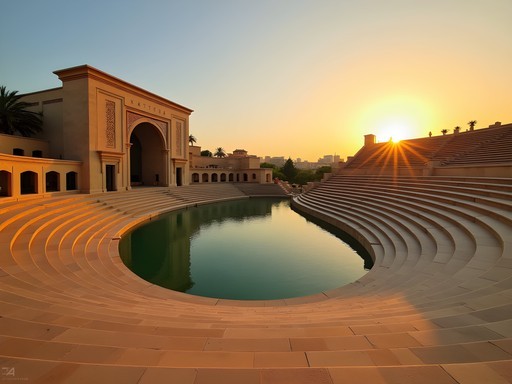
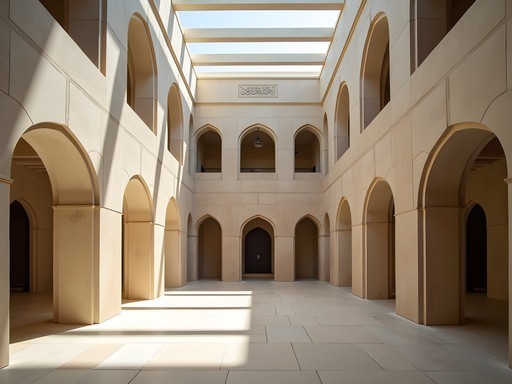
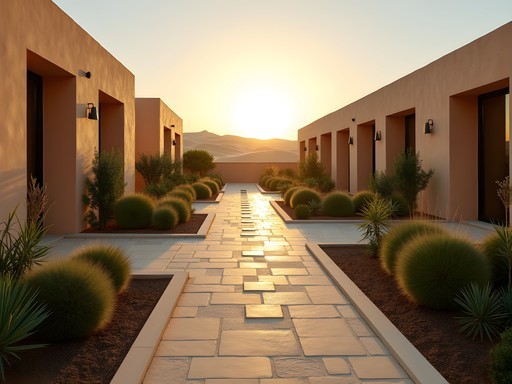
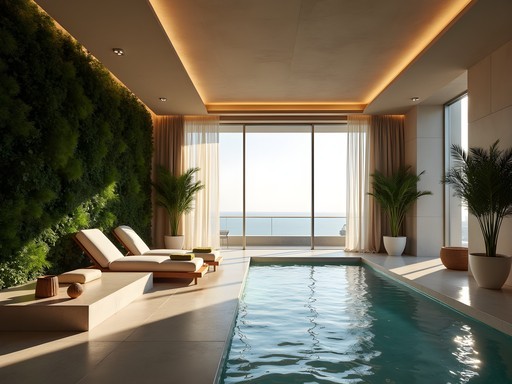
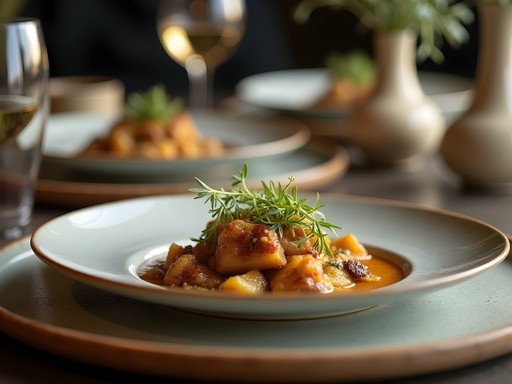


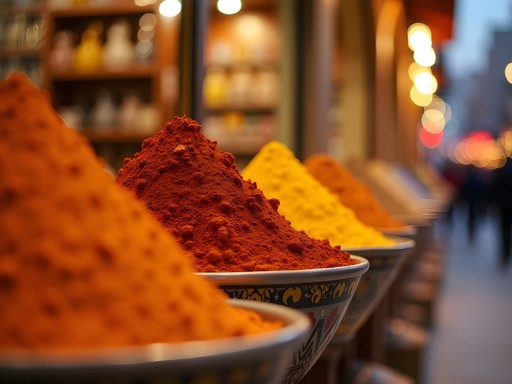




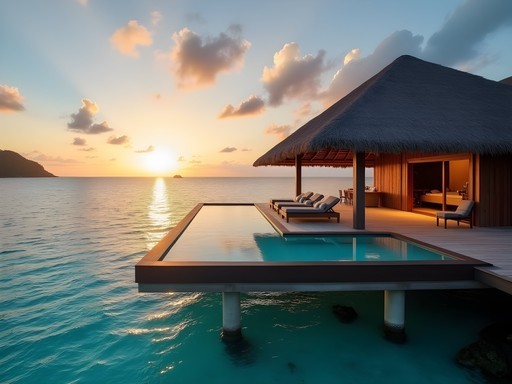
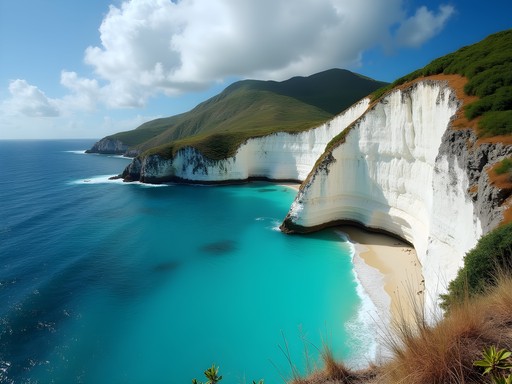
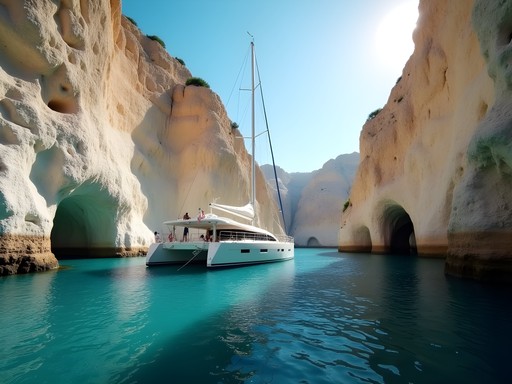
Comments
Savannah Torres
Taylor, this is such a refreshing take on Doha! We visited with our kids last year and found Katara Cultural Village to be the unexpected highlight. The therapeutic landscapes you mentioned really do create this calming effect, even with two energetic children in tow! The way the traditional architecture creates those cool, shaded spaces was a lifesaver in the heat. My daughter still talks about the pigeons in the amphitheater plaza. Did you get a chance to try any of the smaller cafes along the beachfront? We found this tiny place serving the most amazing cardamom tea that became our daily ritual.
summerbackpacker
Savannah, would you recommend Doha as family-friendly overall? Thinking about bringing my 8 and 10 year olds next spring.
Savannah Torres
Absolutely! The Qataris adore children, and most attractions are very family-oriented. Desert safaris are great fun for kids, and MIA Park has this amazing playground. Just be mindful of the heat if you're going between May-September!
explorevibes
The Museum of Islamic Art is absolutely breathtaking! That geometric architecture is next level.
GlobalNomad22
Heading to Doha next month. Are those wellness experiences at Pearl-Qatar open to day visitors or do you need to stay at specific hotels?
coolperson
Most are open to day visitors but book in advance! The hammam treatment at Marsa Malaz Kempinski was incredible even though we weren't guests.
GlobalNomad22
Perfect, thanks for the info! Will definitely check that out.
Savannah Torres
Taylor, your insights on Katara Cultural Village are spot on! When we visited with our kids last spring, we were blown away by how the design elements created such a calming atmosphere despite the desert heat. The amphitheater at sunset was magical - my 8-year-old still talks about it. We also spent a day at Al Majlis Resort (splurged for my husband's birthday) and it was worth every penny. One tip for families considering Doha: the Museum of Islamic Art has fantastic children's programs that teach them about architecture and design principles. We used travel journal for our daughter to sketch the geometric patterns she loved. When's the best time to visit for moderate temperatures but fewer crowds?
DesertDreamer
November to early December was perfect when I went! Not too hot and the tourist rush hadn't started yet.
Savannah Torres
Thanks for the tip! That's actually perfect timing for our next school break. Might have to plan a return trip!
coolperson
Wow, never thought of Doha as a wellness destination! Those hidden sanctuaries at Pearl-Qatar sound amazing.
Savannah Torres
Right? I was pleasantly surprised too when I visited last year. The contrast between ancient desert traditions and modern luxury is something else!
coolperson
Did you try any of the spa treatments Taylor mentioned? Worth the splurge?
Savannah Torres
Absolutely worth it! The desert herb treatments at Al Majlis were incredible. My skin has never felt better, and the setting is just magical at sunset.
cityqueen
Just got back from Doha last week and this post is spot on! The Museum of Islamic Art is even more impressive in person - that light play through the architecture creates such a calming atmosphere. I'd add that the private tour is absolutely worth it if you can book it. One thing I'd recommend for anyone going is bringing a good camera with a wide-angle lens. The architectural details Taylor mentioned are stunning and I regretted not having my travel camera with me (had to use my phone instead). Oh and don't miss the restaurant at MIA - the views across the bay to the skyline at sunset are incredible!
roamguide
Great post! I'm planning a 4-day trip to Doha in October. Would you recommend staying at The Pearl the whole time or splitting between there and the cultural district? And is Uber widely available or should I arrange private transport? I've heard taxis can be hit or miss.
dreamwanderer
Not the author but I was there in June - Uber works perfectly in Doha! Super reliable.
roamguide
That's great to know, thanks! One less thing to worry about.
Savannah Walker
Taylor, this is exactly the kind of Doha guide I've been searching for! I visited last year and felt like I barely scratched the surface beyond the typical luxury malls and hotels. The Katara Cultural Village was on my list but I didn't realize it had those therapeutic landscape elements you described. The way you connected architecture to wellness throughout the piece is fascinating. I'm heading back to Qatar this winter and definitely booking that desert wellness retreat at Al Majlis. Did you find that three nights was enough time there, or would you recommend longer?
cityqueen
Savannah, when you go to Al Majlis, don't miss the sunrise meditation session! Absolute highlight of my stay.
Savannah Walker
Thanks for the tip, cityqueen! Definitely adding that to my list. Did you need to book that in advance?
cityqueen
Yes! Book at least a day ahead - they limit it to 10 people and it fills up fast. Worth every penny though!
dreamwanderer
Wow, I never thought of Doha as a wellness destination! This is eye-opening.
wildking
First time going to Middle East and Doha looks amazing! Is it easy to get around between these places? And how's the food scene near Pearl-Qatar?
waveace
Not the author but I found Uber works great there. Pearl-Qatar has tons of restaurants - mix of high-end and more casual options. The seafood is incredible!
wildking
Thanks for the tips! Excited to try the seafood.
Venture X
Premium card with 2X miles, $300 travel credit, Priority Pass